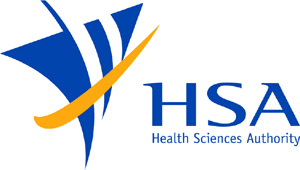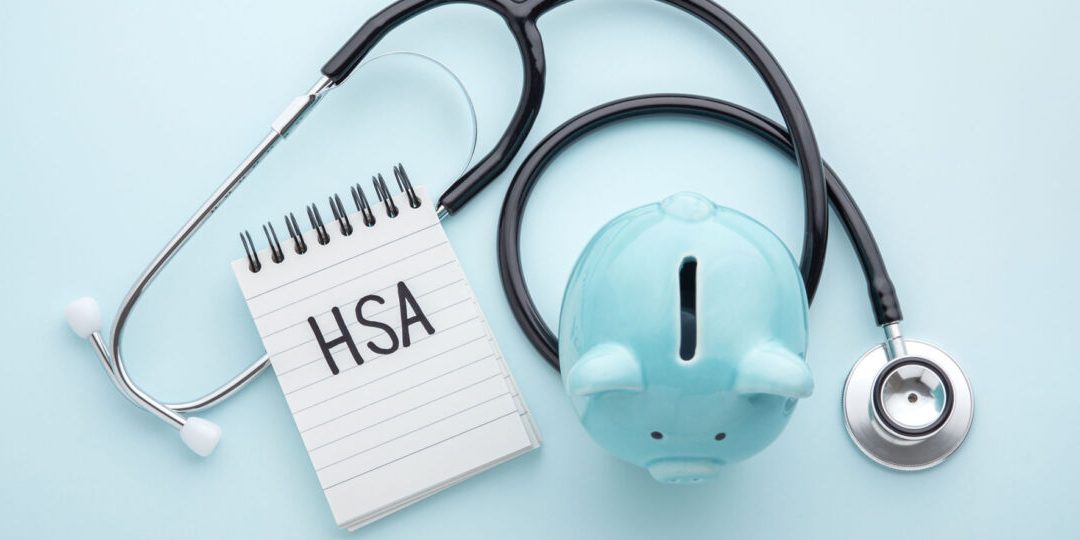The article provides a brief overview of the existing regulatory framework for the clinical evaluation of medical devices.

Table of Contents
The Health Sciences Authority (HSA), Singapore’s regulatory agency in the sphere of medical devices, has published a guidance document dedicated to clinical evaluation. The guidance is intended to provide additional clarifications regarding the applicable regulatory requirements, as well as recommendations to be followed by medical device manufacturers and other parties involved to achieve and sustain compliance thereto. However, the document is non-binding, so in case of any discrepancies with the provisions of the current legislation, the latter should prevail. Furthermore, the authority reserves the right to make changes to the document, should it be reasonably necessary to reflect the respective changes to the underlying regulations. Thus, the document should not be construed as a comprehensive and exhaustive description of all the regulatory requirements that are applicable concerning clinical evaluation, so in case of doubts, professional advice should be requested.
Regulatory Background
The document provides an overview of the existing regulatory framework which prescribes the way clinical evaluation should be undertaken. The guidance also describes the approach to be applied when submitting clinical evidence used to support an application for medical device registration.
For the present HSA guidance, clinical evaluation is defined as the assessment and analysis of clinical data about a medical device to verify the clinical safety and performance of the medical device; and is an ongoing process continued throughout the life cycle of a medical device. As further explained by the authority, the whole process starts when a new product is subject to conformity assessment in the course of applying for marketing authorization. As was mentioned before, it is a part of a continuing process, so should be repeated regularly to ensure continuous compliance with the applicable safety- and performance requirements based on the information to be obtained when the device is being used for its intended purpose. The data collected in the course of such evaluation could further be used for risk analysis, based on which additional steps could be taken.
The guidance describes the way clinical evaluation should be performed and documented including, inter alia, the following aspects:
- General principles of clinical evaluation;
- How to identify relevant clinical data to be used in a clinical evaluation;
- How to appraise and integrate clinical data into a summary; and
- How to document a clinical evaluation in a clinical evaluation report.
It is important to mention that the scope of the guidance covers only general medical devices and the ones that constitute medical device components of combination products, while in vitro diagnostic devices are explicitly excluded from its scope.
According to the guidance, a party responsible for a clinical evaluation should ensure it is conducted in a way excluding any bias or inaccuracy of the results which should be reliable and comprehensive. The authority additionally emphasizes the importance of considering both favorable and unfavorable data collected in the course of a respective study. Moreover, it is stated that different evaluation methods and approaches used could result in different results obtained, which would further impact the risk assessment. Most of the products are utilizing technologies used before in other devices, so there is a way to use all the information available, which derives from evaluation of similar products that were subject to assessment before. In such a way, the need for new clinical data could be reduced significantly, while medical device manufacturers may also make references to the applicable standards to demonstrate compliance with the safety- and performance-related requirements the product should meet based on its type, principal mode of action, intended use and other factors determining the regulatory status of the product. Furthermore, it is important to mention that the level of regulatory scrutiny the device should be subject to also depends on the risks associated with the device – such an approach allows to reduce the unneeded regulatory burden and optimize the scope of requirements to be followed.

Definitions
To assist medical device manufacturers and other parties involved in interpreting and applying the current legislation, the document provides definitions of the most important terms and concepts used in the context of clinical evaluation. The definitions described in the document include the following ones:
- Adverse event – any event or other occurrence, that reveals any defect in any medical device or that concerns any adverse effect arising from the use thereof.
- Clinical data – safety and/or performance information that is generated from the clinical use of a medical device.
- Clinical investigation plan – a document that states the rationale, objectives, design and proposed analysis, methodology, monitoring, conduct, and record-keeping of the clinical investigation.
- Conformity assessment – the systematic examination of evidence generated and procedures undertaken by the product owner, under requirements established by the Regulatory Authority, to determine that a medical device is safe and performs as intended by the product owner and, therefore, conforms to the Essential Principles.
- Randomized controlled trial – a clinical investigation where subjects are randomized to receive either a test or reference medical device or intervention and outcomes and event rates are compared for the treatment groups.
Apart from the ones listed hereinabove, the document explains in detail some important concepts, namely:
- Clinical data includes the data deriving from such sources as pre-and post-market clinical investigations, as well as any reports related to the product in question or similar products.
- Clinical evaluation, which stands for the assessment and analysis of clinical data about a medical device to verify the clinical safety and performance of the medical device when used as intended by the product owner, is a process performed to verify that the product complies with the respective Essential Principles to be applied based on the nature of the product in question and its intended use. Once the process is completed, the appropriate report should be created and then submitted to the HSA for subsequent review. Such an evaluation is based on the data collected in the course of clinical trials, or deriving from other sources (e.g., literature review). The scope of data required depends on numerous factors, such as the features of the product subject to review, the information accompanying it. The main purpose of a clinical evaluation is to ensure that the benefits resulting from the use of a medical device outweigh the risks associated thereto. The authority additionally emphasizes the specific nature of a clinical evaluation – it should be an ongoing process, and not an action performed once. The party responsible for the device should continuously collect new information related to its safety and performance to analyze it, identify potential safety- and performance-related issues, and then take necessary steps based on this.
In summary, the present HSA guidance explains the basics of the regulatory requirements for clinical evaluation, and also highlights the key points to be taken into consideration. The document describes in detail the core concepts used in the context of clinical evaluation and clarifies the most important aspects associated thereto.
Sources:
How Can RegDesk Help?
RegDesk is a next-generation web-based software for medical device and IVD companies. Our cutting-edge platform uses machine learning to provide regulatory intelligence, application preparation, submission, and approvals management globally. Our clients also have access to our network of over 4000 compliance experts worldwide to obtain verification on critical questions. Applications that normally take 6 months to prepare can now be prepared within 6 days using RegDesk Dash(TM). Global expansion has never been this simple.

